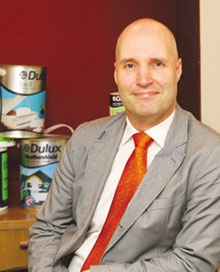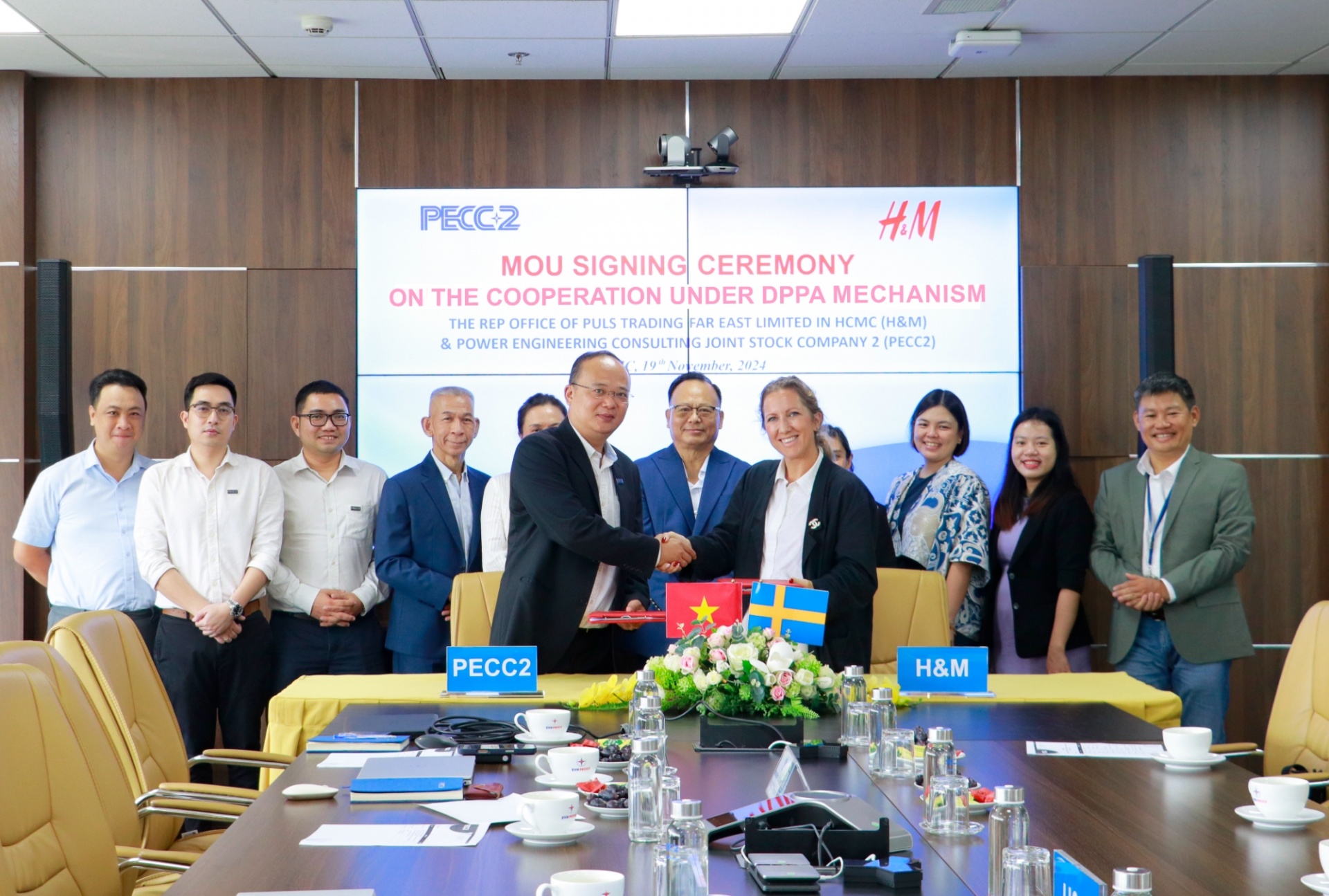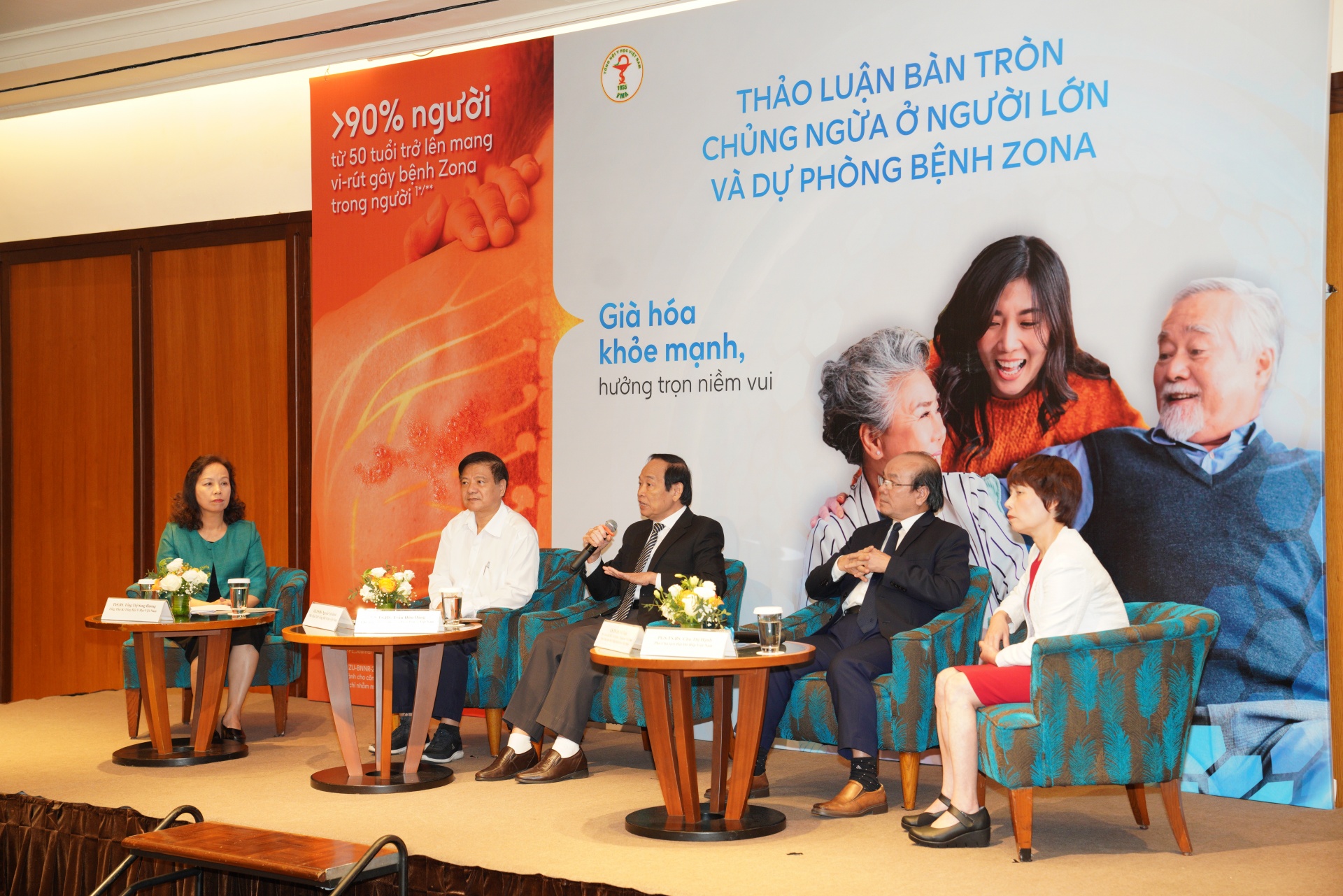Painting a bright picture for 2011 growth
 |
| Jeremy Rowe |
AkzoNobel has announced a revenue increase of 12 per cent for 2010 to €14.6 billion ($20.3 billion). Its total 2010 net income increased 165 per cent to €754 million ($1 billion). VIR's Duong Kieu talks to Jeremy Rowe, managing director of AkzoNobel's Decorative Paints, South East Asia-Pacific, about the company's strategies and development plans in 2011 in the region, especially in Vietnam.
Could you please give us more background about AkzoNobel's growth in 2010?
AkzoNobel’s revenue growth was driven by a 6 per cent volume increase across all our three business areas, in decorative paints, performance coatings and speciality chemicals as demand recovered, particularly in high growth markets. All business areas have reported strong revenue growth, increased profitability, improved sustainability performance and higher returns on invested capital.
AkzoNobel’s revenue in high growth markets, currently representing around 40 per cent of our total, grew more than 20 per cent, outperforming the market in 2010. In our mature markets, revenue increased close to 10 per cent, further evidence that our medium-term growth plans are on track. Growth came from both high-growth and mature markets.
The economic situation in Europe and the US was still quite slow in terms of growth, but we maintained or strengthened our position and increased market share in the mature markets. We enjoyed some very fast growth in the emerging markets like Vietnam, which helped us compensate for the slower growth in other parts of the world. In fact, 40 per cent of our revenue comes from high-growth markets including Asia, Latin America, Eastern Europe and the Middle East.
That portfolio has very much helped the overall development of our global business. Even in the developed markets, we saw also some good development during the year. One example is that we won the paint supply for Walmart in the US market.
We are constantly finding ways to win more market share. During 2010, we continued to invest in profitable growth throughout our portfolio. The opening of our Ningbo plant in China in November, the selective acquisitions in performance coatings, the milestone contract with Walmart demonstrate that AkzoNobel is on track to meet its medium-term ambitions.
We also started in 2010 reinforcing more measurements around sustainability as a business. We use Dow Jones Sustainability Index as one of the key measures. There are four measures we chose to highlight in 2010. The first one is the eco-premium solution.
In AkzoNobel, we enforce stringent internal measurements on ourselves. We only define our product as eco-premium when it performs better than the market average in terms of environmental footprint performance. For example, Dulux Weathershield is an eco-premium exterior paint. All details of this product have better environmental footprint than most of paint products in Vietnam.
Other key benefit of this product is that it keeps the exterior wall of the house cooler. AkzoNobel targets to have at least 30 per cent of its revenue coming from this kind of products until 2015. Other three measurements are the emission of carbon footprint in its products, safety at working places, and diversity.
How is Vietnamese market compared with other countries in the Southeast Asia?
The whole region is growing fast but Vietnam is showing the fastest economic growth rate over the last five years. I hope it will continue to do so. This is the biggest difference between Vietnam and the rest of the region. It’s very exciting here.
AkzoNobel is in a good position where it is number one or number two in every country of the South East Asia. As all of you would know, in Vietnam, our Dulux product brand is a clear number one. But it is not easy to achieve that success.
We had to do a lot of work to stay ahead of our competitors, to continue to understand where the market is heading, and to know what consumers, our painters and our stores want. My job here is to keep in touch with the market in the whole region and also work with our global team closely to support our strategies and carry out projects in the regional markets.
I am very happy with our excellent business results here and I would like to see our brands doing new things all the time in the country like Vietnam.
What has AkzoNobel learnt to achieve such high growth in Vietnam?
Indonesia and Vietnam are two markets that stand out from the South East Asia region’s perspectives. In terms of population, Indonesia is the largest country in the region and a growing market but again Vietnam is the fastest growing market.
Each country has its own strength and our vision is to maintain our number one position in the way it is in each country now. In Vietnam, the growth in the economy is reflected through each individual and the huge investment used to build infrastructure.
What the stars mean:
★ Poor ★ ★ Promising ★★★ Good ★★★★ Very good ★★★★★ Exceptional
Related Contents
Latest News
More News
- SABECO to elevate Vietnam's beverage industry to global standards (November 21, 2024 | 17:36)
- ABeam Consulting Vietnam introduces BSQCD Purchasing Strategy Framework (November 21, 2024 | 16:40)
- Major railway requires debt considerations (November 21, 2024 | 12:07)
- Reviving a new life cycle for plastic waste (November 21, 2024 | 09:16)
- Key balances maintained for industrial production (November 21, 2024 | 08:00)
- Ecolean Vietnam honoured with prestigious sustainability award (November 19, 2024 | 10:01)
- HEINEKEN Vietnam’s clear path towards net-zero (November 18, 2024 | 15:13)
- VLCA 2024 honours corporate governance excellence as listed companies raise the bar (November 18, 2024 | 09:00)
- High-tech personnel to drive competition (November 17, 2024 | 09:21)
- Rising use of Generative AI Apps boosts consumer interest in differentiated connectivity (November 16, 2024 | 09:41)




 Tag:
Tag:

















 Mobile Version
Mobile Version